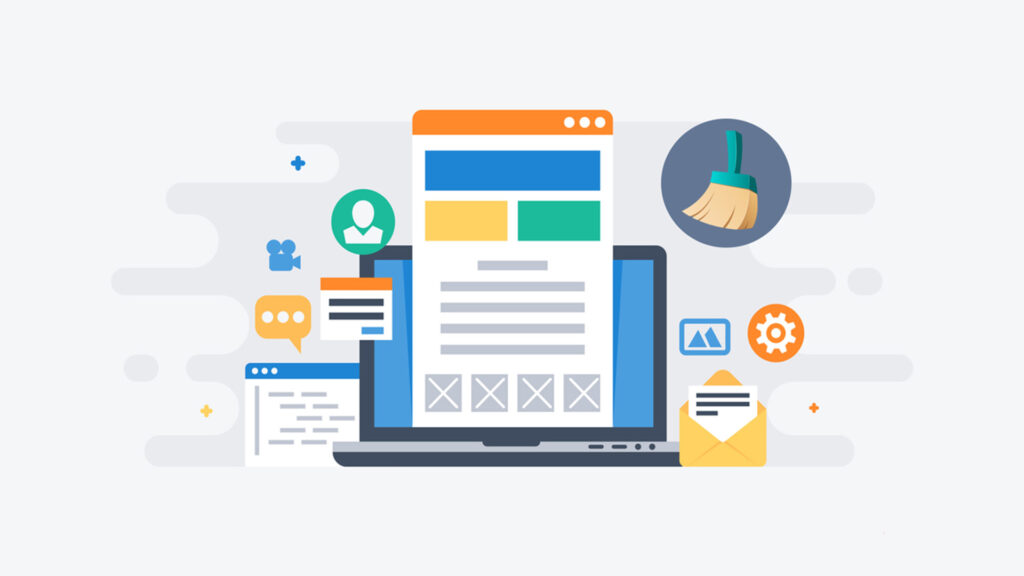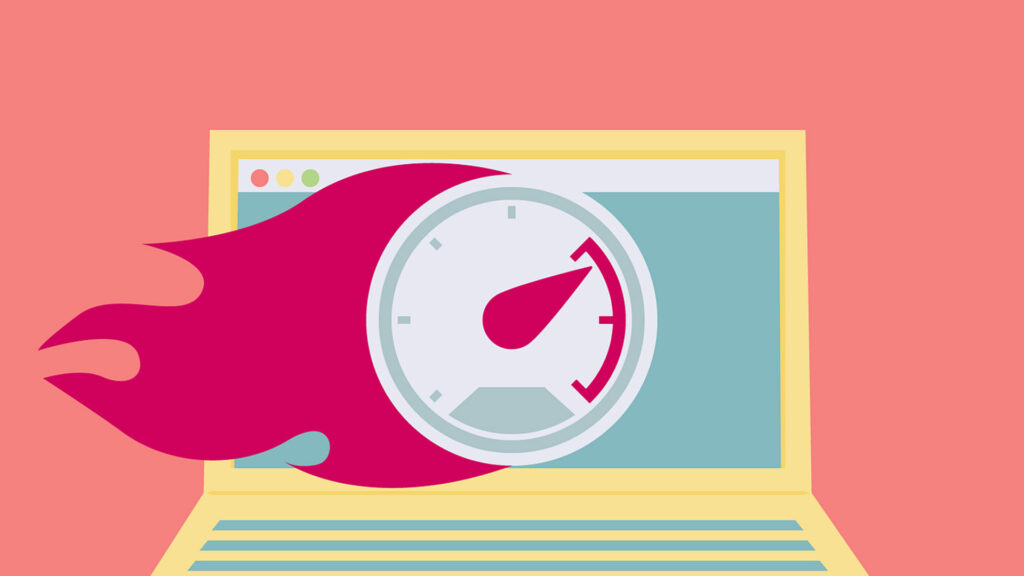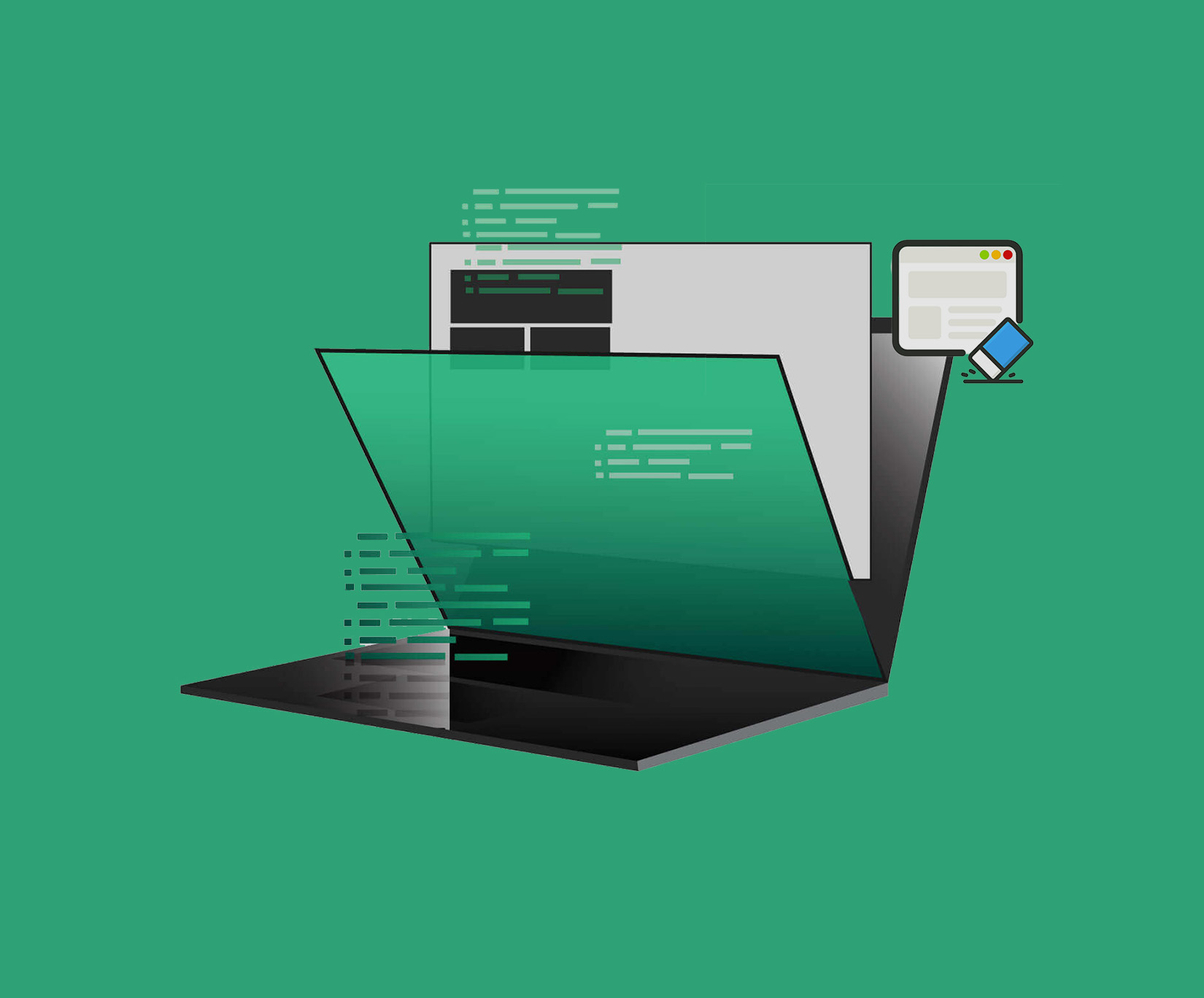Caching of web pages is the concept of temporarily storing the contents of a web page in locations closer to the user, analogous to how our memory functions. As a result, it expedites content downloads and provides a positive user experience. It comes as no surprise that it is one of the most widely used web optimization techniques. Let us explore the different types of web page caching, their workings, benefits, and potential challenges.

The browser and server-side caching
There are two forms of web page caching. They are browser-side caching that takes place on computers via browser caches and server-side caching. The latter involves positioning a cache server halfway between an origin server and site users.
Browser caching
The first time a person accesses a website, the browser temporarily caches specific elements like CSS files, logos, and photos. Instead of needing fresh queries to the origin server. Browser caching enables these saved elements to be provided instantly during a user’s subsequent visit. The reduction in the number of requests, also known as round trips, results in faster web page load times and ultimately happier users.
For repeated visitors’ browsers, caching of web pages is also useful, though it still requires new visitors to fetch all assets from the website’s original server.
Server-side caching
Server-side web page caching allows a single cache to be used by several visitors. It does not require a first-time individual user to make requests to the original server. This reduces the amount of stress on the original server and enhances the web page load for all site visitors. Given that it represents the website server, this kind of cache is referred to as a reverse proxy. As a result, it affects the user experience by caching and serving visits before they get to the source.

How caching of web pages works
When HTTP response headers are sent, the HTTP headers directive cache control is used to implement caching. If a request is placed for web page caching, entities will keep a copy of the page for a specified period. This means that the content owner determines the caching behavior. Cache-control allows the entities to identify the request or response that can be cached and for how long.
The list of items cached frequently includes brand assets, images, static logos and Java Script. There are other items that can be cached, like HTML documents and JavaScript code that frequently change along with API calls, but often this is not the case. For security purposes, sensitive data such as account information or order history should never be cached.
How does cached versions of websites help?
Caching helps scale your website. In all probability, your server can handle only a single server request. But what happens when you receive thousands or millions of requests? Utilizing caching, you rely on a cached, stored version of a resource and decrease the number of server requests you make at once.
The best practices for caching
If you rely only on caching to solve your site speed problems, you may land in trouble when visitors land on pages that cannot cache. An example is an e-commerce website where caching product images and images can make a website load faster. But when the customer goes to check out, they can encounter significant problems.
The dynamic nature of the checkout page eliminates the load-saving time of caching. Except for your logo, not much on the checkout page caches. If you have not optimized your front end and back end, the checkout experience may turn out to be reasonably slow.
The benefits and challenges of cached web page
Fast, reliable user experiences are of critical importance for the success of digital businesses. Establishing a viable strategy for caching helps in maintaining and establishing a strong user experience.
Reduced latency
One of the common complaints that users have regarding a website’s performance is that it is slow. All of us can relate to the frustration of having to wait for a page and its elements to load. Caching versions of websites reduces loading time as it retrieves content closer to the user’s location. Caching lowers the overall latency of a roundtrip delivery by effectively obtaining the content.
Content availability
The availability of the website plays a crucial role in the user experience. Irrespective of the geographical location of the users, they are expected to access all types of content. In this case, caching provides an extra layer of insurance or redundancy in the event that the primary data centre systems experience an issue.

Mitigated network congestion
If traffic levels are not adequately handled, bandwidth congestion could ruin important networks.. Caching is able to reduce network congestion by shortening the path travelled during the etching process. With caching, not all the requests are routed to the origin server, which opens up the network and reduces the load on the origin server. This allows the non-cached content to load faster.
User experience
Though caching can help enhance the user’s experience, it is fair to say that there are challenges. If a cache is not properly configured, the browser cannot validate the content and may load out-of-date content. This could negatively impact the user experience. In addition, caching platforms contain external proxy servers that are shared by numerous users, making them susceptible to hacking.
Content delivery network ( CDN)
The search problem was caused by the CDN level cache not being updated. There are a few key takeaways from this because proactive CDN monitoring is a common and ongoing examination of caching policies is crucial for identifying caching issues.
As businesses depend on these kinds of servers, CDNs are the ideal illustration of an external third-party service. Combining monitoring with cutting-edge diagnostics that enable the detection and isolation of the root causes is equally crucial. The holidays place a huge burden on CDNs because of the volume of users they serve. Monitoring is therefore essential, but it takes on a greater significance at this time of year.
In short, there are various ways to optimize website performance, and a wide range of factors, ranging from the geographical location of a data centre to a third-party marketing tag, have an impact on the reliability and speed of a website. A cached web page is one way to comply with the stringent expectations of the users with a minimum investment of effort.
For more such informative blogs, Connect with GTECH.
Related Post
Publications, Insights & News from GTECH








